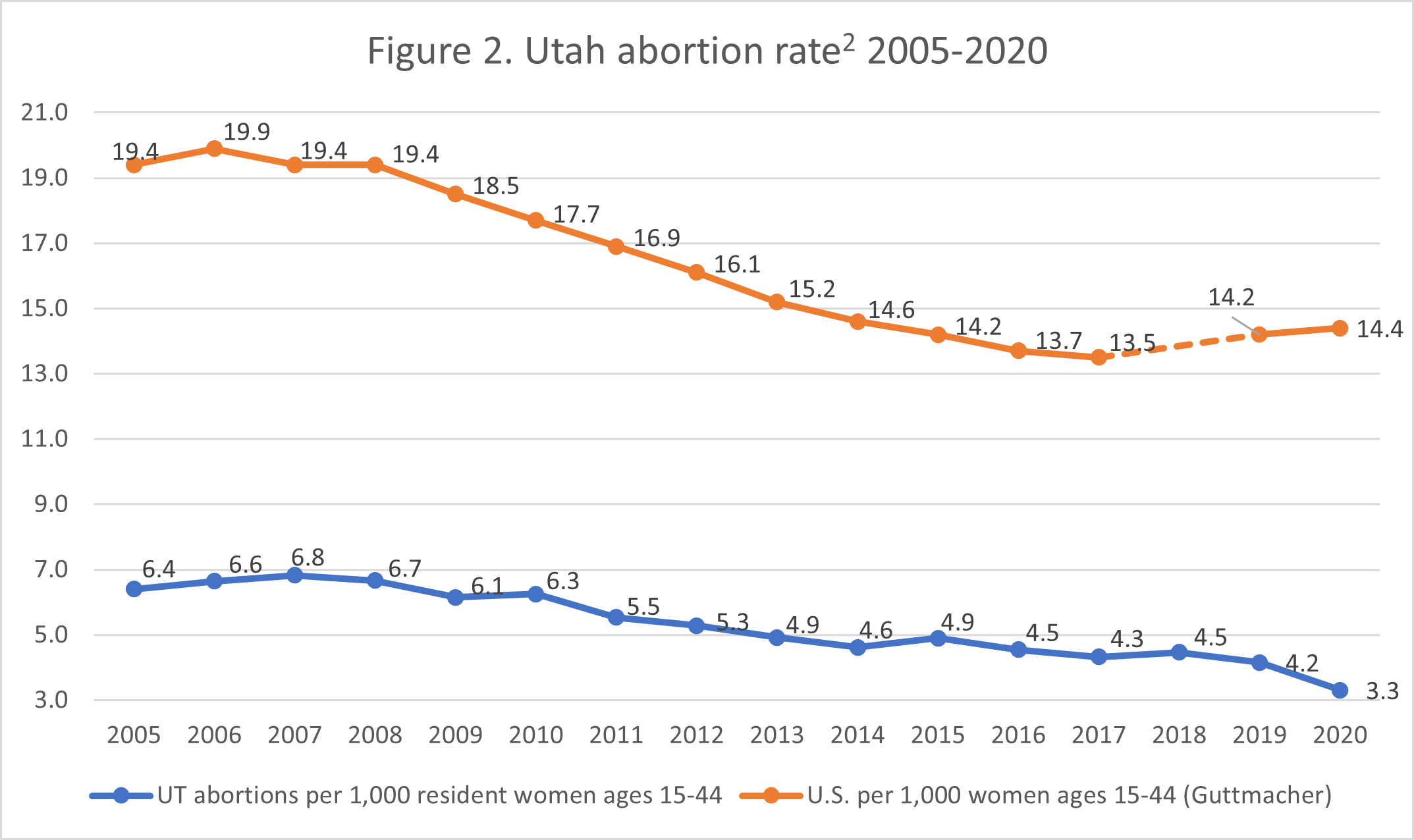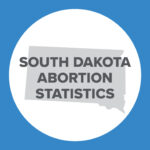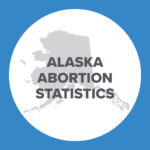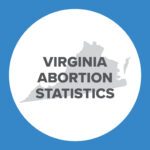Abortion Reporting: Utah (2020)
Utah’s 2020 abortion report was published online by the Utah Department of Health in December 2022, showing that abortions decreased in 2020.
Statistics and Changes in Utah Abortions, 2019-2020

The change in total abortions and chemical abortions reflects abortions performed on Utah residents, while the change in the abortion rate reflects all abortions occurring in the state. The report does not include information on Planned Parenthood’s Utah abortion market share.
Abortion Totals and Trends
Utah reported 2,362 abortions in 2020, down 19.2 percent from the previous year. Of these, 2,244 abortions were performed on residents, a similar decrease of 19.2 percent from 2019 (Fig. 1). There were 885 chemical abortions performed on Utah residents in 2020, a decrease of 25.4 percent from 2019. The Charlotte Lozier Institute (CLI) estimates that Utah’s 2020 abortion rate was 3.3 abortions per 1,000 women ages 15-44, far lower than the 2020 national rate of 14.4 (Fig. 2).
State Report Summary
In 2020, 95 percent of the abortions reported in Utah were performed on state residents, identical to the percentage in 2019. Five percent were performed on women from other states, including 44 abortions on women from Idaho, 37 from Wyoming, 16 from Nevada, five from Texas and 16 from other states including Arizona, California, Colorado, Florida, Iowa, Montana, New York, North Carolina, Ohio, Washington, and Wisconsin. Most of the information in Utah’s abortion report is for abortions performed on Utah residents only.
Twelve percent of Utah abortions were performed on girls under the age of 20. This includes two percent of the abortions that were performed on minor girls under the age of 18. Thirty-two percent of Utah resident abortions were obtained by women ages 20 to 24. Twenty-five percent of the abortions were performed on women ages 25 to 29, and 27 percent were on women ages 30 to 39. Four percent of the abortions were performed on women ages 40 and older. The number of abortions on women aged 45 and older was suppressed because the value was less than five.
Fifty-six percent of Utah resident abortions were performed on non-Hispanic white women, and five percent were on non-Hispanic black women. Six percent of the abortions performed on Utah residents were obtained by Asian or Pacific Islander women, while one percent were performed on Native American women and 0.4 percent were on women of other races. Thirty-two percent of the abortions were on Hispanic women, and 0.3 were on women whose race was not reported. CLI estimates that the non-Hispanic black abortion rate was four times higher than the non-Hispanic white rate in 2020.
Forty percent of the abortions performed on Utah women were obtained by women who had graduated from high school or earned a GED, and 41 percent were on women with more than a high school education. Nine percent of Utah abortions were performed on women who had not finished high school, and 10 percent were on women whose level of education was not reported. Seventy-three percent of the abortions were performed on unmarried women, and 26 percent were performed on married women, including women who were separated from their spouses. Marital status was not reported for 0.8 percent.
Just under half (48 percent) were performed on women with no previous live births. Twenty-one percent were on women with one live birth, and 31 percent were obtained by women with two or more prior births. Seventy-four percent of the abortions were performed on women who reported no prior abortions, while twenty percent were on women with one prior abortion and five percent were on women with more than one previous abortion. The number of previous abortions was not reported for one percent of Utah resident abortions in 2020.
Just over half (51 percent) of the abortions were performed on women who said they were using contraception when they became pregnant, and just under half (48 percent) were on women who were not using contraception. Contraceptive history was not reported for 16 abortions. Of the women using contraception, six percent reported using a highly effective method (which Utah lists as implant and IUD).
Sixty-one percent of Utah resident abortions in 2020 were surgical. Over one third of Utah resident abortions, 39 percent, were chemical abortions. Less than five of the abortions were reported to have resulted in complications at the time the form was filled out.1 No complications were reported for 99.8 percent of the abortions. Complication status was reported for the vast majority of abortions in 2020, in contrast to 2019, when complication status was unknown for 37 percent.
Less than one percent of Utah abortions were performed earlier than five weeks of gestation. Thirty-seven percent were performed between five and six weeks, and 28 percent were reported between seven and eight weeks of gestation. Fourteen percent occurred between nine and 10 weeks, and nine percent were reported between 11 and 12 weeks. Five percent were reported between 13 and 14 weeks of gestation. Identical to 2019, six percent of Utah resident abortions were performed at 15 weeks of gestation or later, with five percent performed between 15 and 20 weeks and one percent at 21 weeks or later.
Utah asks women to share their reasons for choosing abortion. In 2020, 57 percent of the abortions were performed for socioeconomic reasons, and 30 percent were elective with no other reason given. Nine percent of the women reported seeking abortion due to contraceptive failure, while five abortions were performed citing the mother’s mental health. Overall, more than ninety-five percent of Utah abortions in 2020 were performed for some elective reason (socioeconomic, elective, contraceptive failure, and mental health). The numbers of abortions that occurred because the mother’s life was in danger or because of a fetal malformation were suppressed for both categories because the numbers were less than five. Thirteen abortions were due to rape, while four percent of the abortions were performed for unknown reasons.
January had the highest abortion total (291), while August had the lowest (96).
Planned Parenthood
Four abortion centers are active in Utah, three of which are operated by Planned Parenthood. Utah’s abortion report does not indicate the number of abortions performed at each abortion center. However, Planned Parenthood’s Utah affiliate shares its abortion totals in its annual report. The data in the annual report spans from July to June of the following year. Averaging the abortion totals in Planned Parenthood Utah’s 2020 to 2021 annual reports shows that Planned Parenthood performed approximately 2,175 abortions in calendar year 2020, 92 percent of the Utah total.
Legislative Changes
Following the overturn of Roe v. Wade in June 2022 by the United States Supreme Court, Utah’s trigger law was set to go into effect but was put on hold on June 27, 2022 after Planned Parenthood Association of Utah and the ACLU sued the state. Presently, the state’s trigger law is still on hold as litigation continues and abortion in Utah continues to be legal until 18 weeks gestation.
State Ranking
In 2016, CLI analyzed abortion reporting across the country, and Utah’s reporting was ranked at 6th best. Utah could improve its reports by incorporating information on all abortions occurring in the state, not just those performed on state residents. Utah could also require all healthcare providers, particularly emergency rooms, and urgent care facilities, to report abortion-related complications they treat. Additionally, Utah could release reports on a faster schedule (e.g., within one year of the data on which it reports) and work to reduce the number of abortions classified as unknown for the reporting categories that Utah often releases, such as the method of termination.


- Statistics on abortion complications reported here represent a minimal number of deaths and complications, as this data is collected in a non-systematic and non-verifiable way. As such, this data cannot be used to calculate either an accurate abortion mortality rate or an accurate abortion complication rate for the state.
- Rates were calculated by CLI using the following formula: (total number of abortions performed in Utah ÷ number of resident women ages 15-44) x 1,000. Rates may differ slightly from previous CLI articles due to revised population estimates. Population estimates were obtained from CDC WONDER. Estimates for 2005-2009 are intercensal estimates of the July 1 resident population. Estimates for 2010-2020 are Vintage 2020 postcensal estimates of the July 1 resident population. Estimates were produced by the U.S. Census Bureau and the National Center for Health Statistics.


























